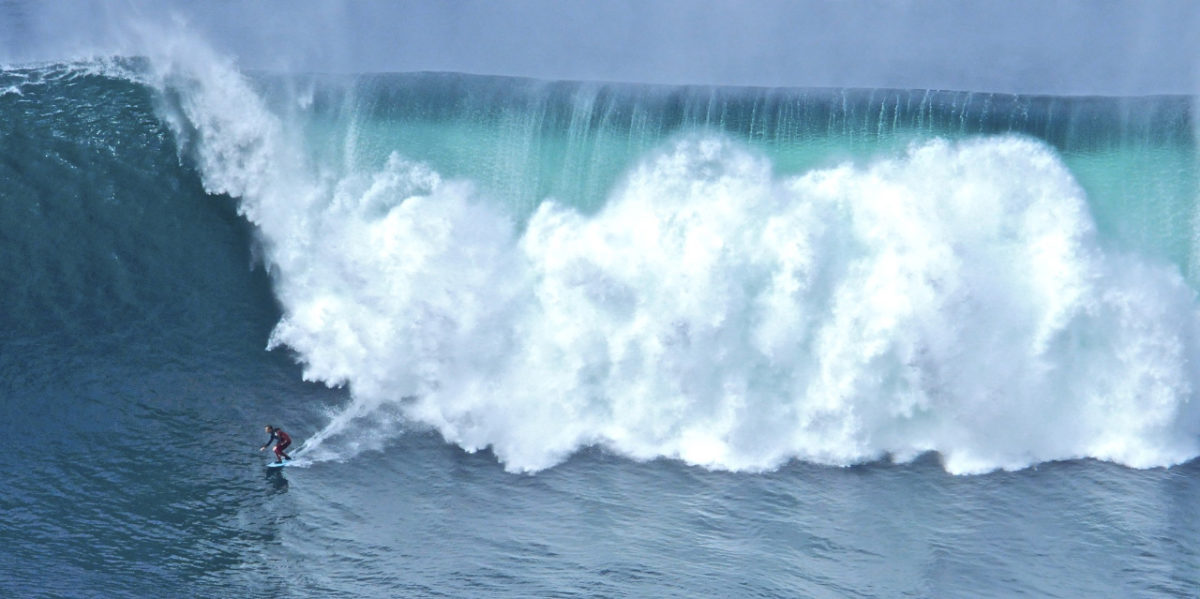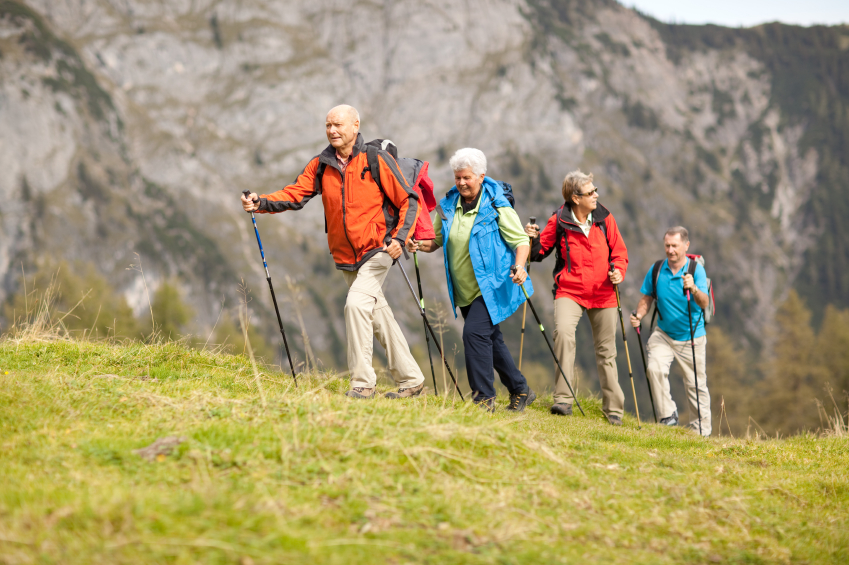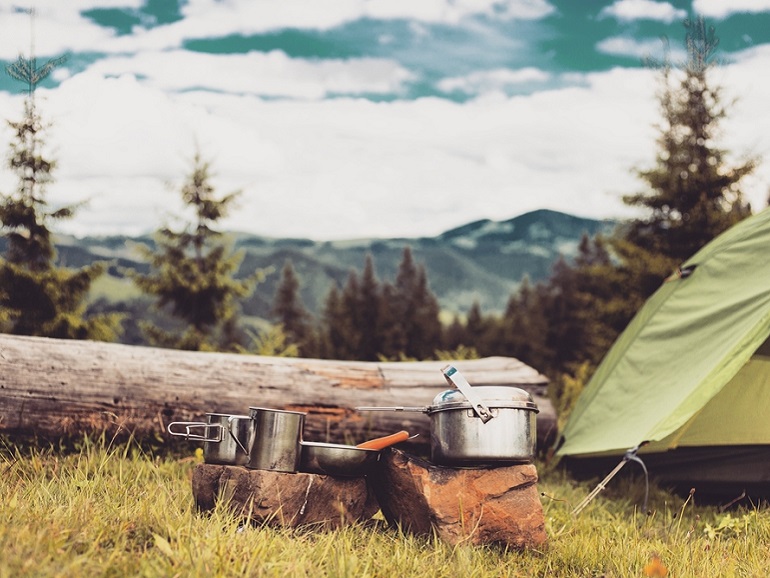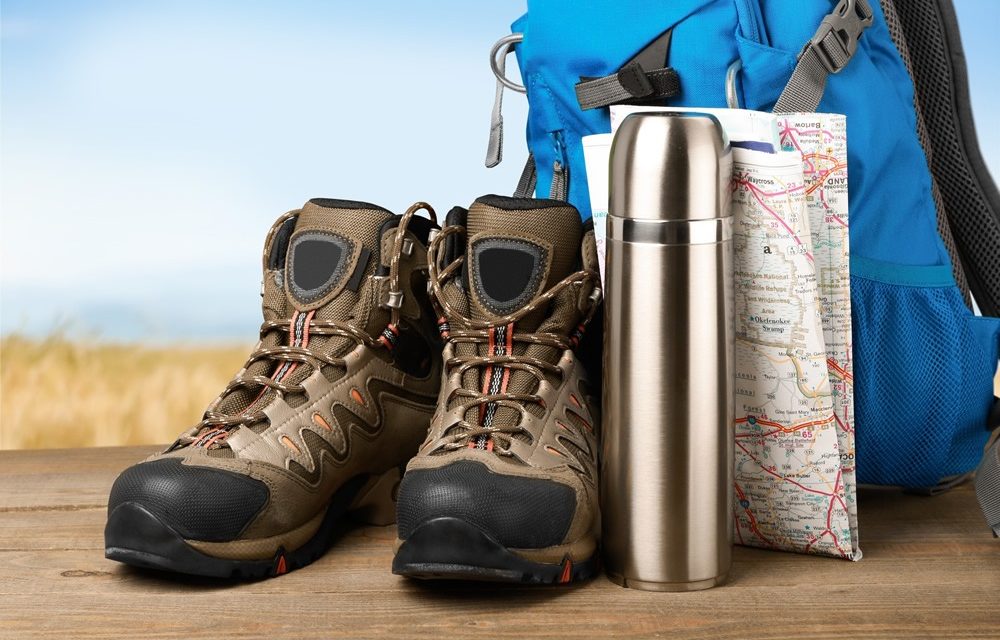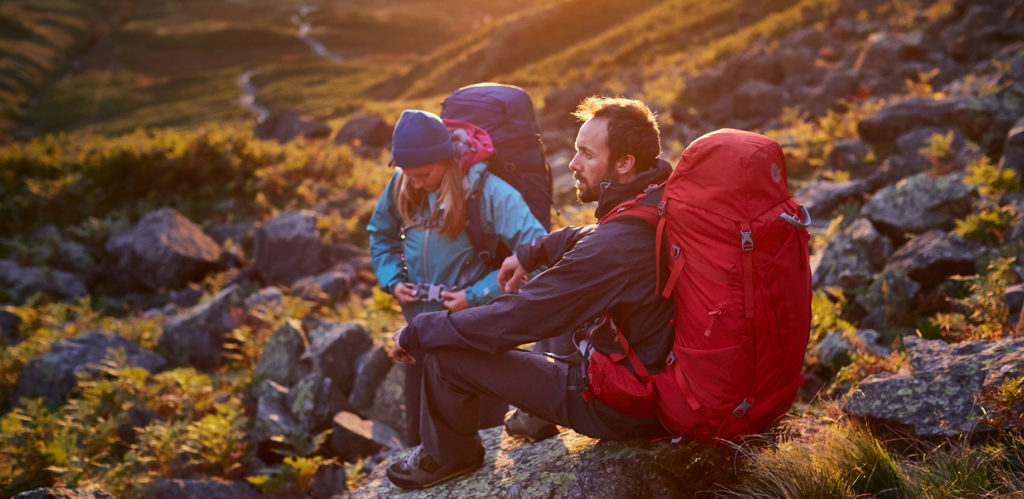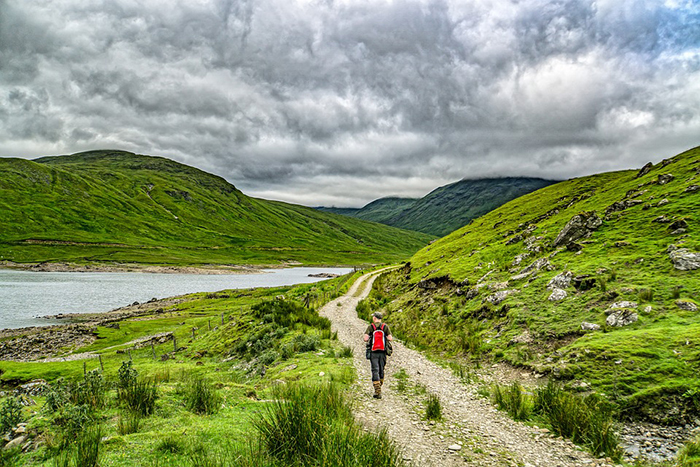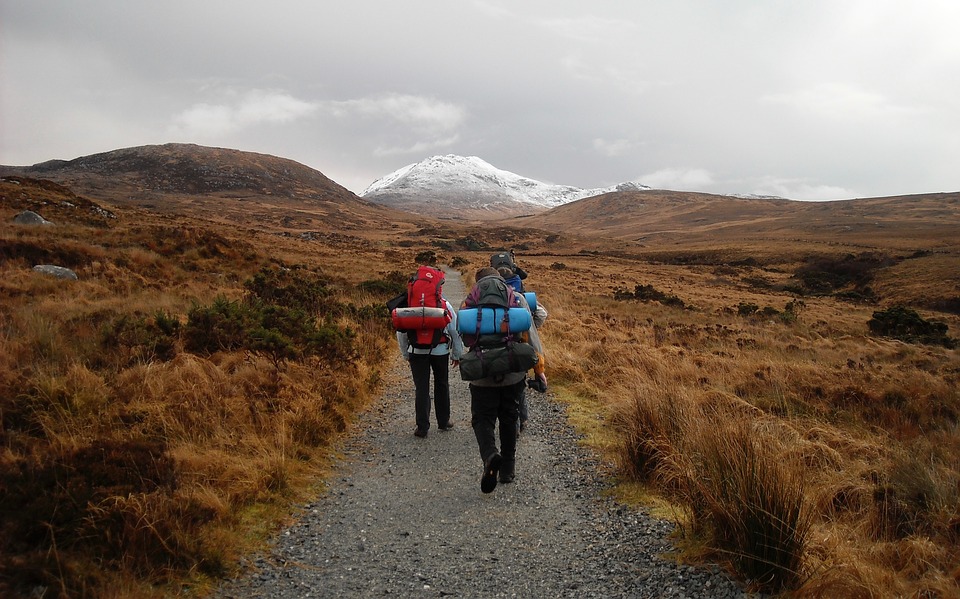Surfing is one of the fastest growing sports in Ireland. The upsurge of surf schools and clubs along the Irish coastline is testament to the interest in this exciting and exhilarating pastime. What was once an activity exclusive to tanned, bleached haired hippy dudes, is now a mainstream water sport. From Dublin to Donegal and from Kerry to Tramore, surfers are paddling out and (sometimes very shakily) riding the waves back to shore. The improvement in wet suits and waterproof gear has contributed to making surfing a more popular leisure pursuit, particularly in the cold Atlantic water. Enthusiasts from any part of the country don’t need to drive too far to find waves on this beautiful island, and even Dublin folk can find surfing down the road in Britta’s Bay.
But, when the ice cream vans have boarded up for the winter, the shoreline surfers change. When the sun umbrellas are packed away and the tourists are confined to tramping over beaches muffled up in scarves, hats and mittens, surfing takes a more serious turn. Yes, there are still some novices in the quieter spots on those rare calm days, but the winter is the season of extreme surfing and Ireland is right up there with the most audacious wave riding anywhere in the world.
Wild Atlantic way extreme surfing is not for the faint hearted. 30 and 40ft waves tower above surfers and spectators alike. Mullaghmore in Sligo has some legendary waves for the bravest heavy water riders. Local surfers like Conor Maguire, who grew up surfing the Donegal coastline and always pushed himself to heavier and heavier waves. Irish surfers know the risks involved in heavy-wave surfing, but it has not hampered the rise in brave souls getting towed out to monster waves in Irish waters. International surfers have started to arrive in their droves too. From October to March, the chances of a perfect storm of waves tempts surfers and spectators alike. Weather conditions that would may send most of the population huddling for the fireside and the TV, brings extreme surfers and fans to the clifftops and the beaches, to witness human resilience and wave riding skill at its best.
No wave has the mythical reputation of the great Aileen. Situated off the coast of the iconic Cliffs of Moher, Aileen is the mother of all monster waves when she appears. As majestic as the cliffs themselves, Aileen is as beautiful as she is frightening. The thunderous, 12m barrel wave that assaults the Cliffs of Moher is described by scientists at NUI Galway as the nearest thing to a “perfect wave”.
‘After the discovery of Aileen’s, many who had seen it were left in doubt as to whether it would be possible to ride at all. But Lahinch surf school owner John McCarthy was undeterred; he became the first surfer to take on the colossus of Clare, and his experience has since pried open a world of possibility and helped put Irish big wave surfing on the map’
Surfer John McCarthy recalls ‘The wave itself is one of the most terrifying waves in the world that you’ll see,” McCarthy says, “so when you go out and you see a wave like that…your initial feeling is just absolute fear and… you know, you’re scared for your life. It took quite a while before we could ride it successfully.” After surfing the big waves for a decade, John has ceased tackling these magnificent monsters, citing safety issues. The risk of injury or death is extremely high and these big waves demand a lot of respect from the wave riders. Conor has suffered fractured vertebrae and broken ribs among minor injuries. There is of course, a support team, who tow the surfer out and swoop in on their jet-skis if there is a sign of difficulty. Extreme surfers go out as a team and return as a team, but it is in that wonderful moment of beauty as a surfer rides a huge barrel wave, disappearing and emerging in the angry surf, that the effort and sacrifice melts away and we are all held in a moment of complete awe and reverence, before it all comes crashing down with the waves.
Extreme wave riders have pushed the boundaries of surfing in Ireland and put the Irish surfing scene firmly on the International map. Not everyone has the time, the money or the commitment (never mind the skills and complete craziness) to surf heavy water, but they are ambassadors for the unspoiled beauty of Irish coastlines and their complete suitability for surfers of all skill levels. As the reputation of Irish surfers grows internationally and we welcome more enthusiasts to the sport in Ireland, it means a welcome boost to Irish tourism.
Whether you surf for fun and thrills or for extreme adrenaline hits Outdoor Adventure Store can keep you warm from head to toe with winter gear. We have a great selection of wet-suits, booties, hoods and gloves and all the essentials to keep you cosy on the shore and in the water. Link to water-sport stock

